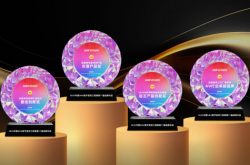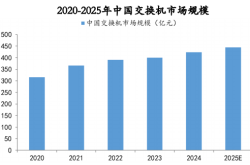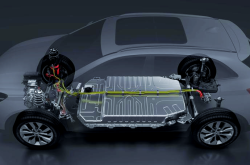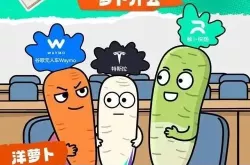Opening Up the Lower-Tier Market: How Automakers Compete for a New "Blue Ocean"?
![]() 08/14 2025
08/14 2025
![]() 619
619
China's automotive industry is undergoing a "downward revolution" in 2025. Once considered "marginal markets," counties and rural areas have become pivotal battlegrounds for automakers' long-term strategic layouts amidst slowing growth in first- and second-tier cities. From traditional gasoline vehicle giants to new energy upstarts, and from international brands to local new forces, a comprehensive competition is unfolding across channel expansion, product innovation, and ecosystem construction in the lower-tier market.
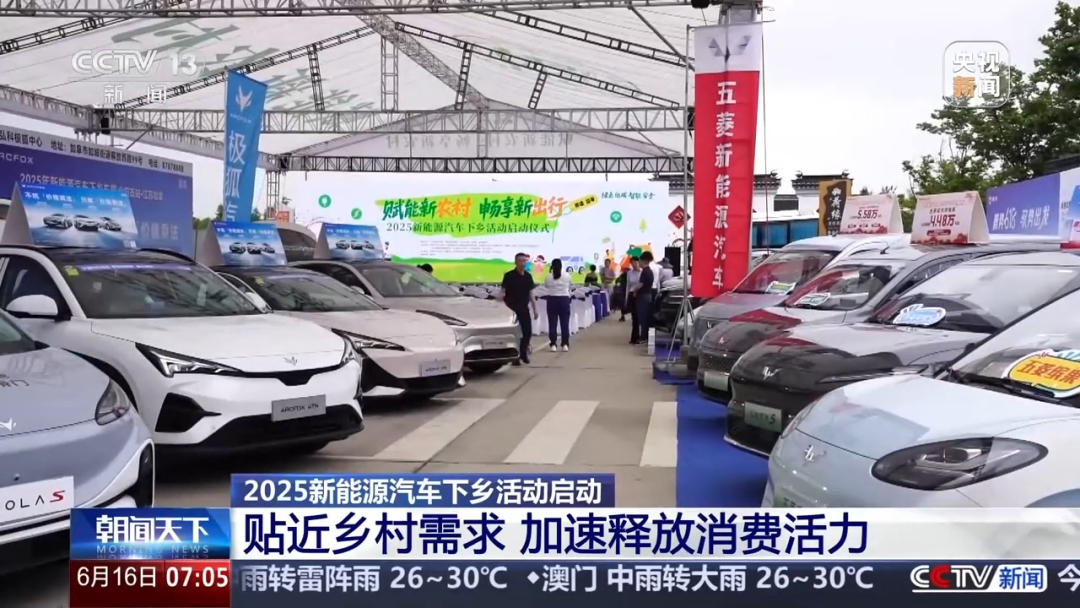
Recently, the report titled "New Species, New Concepts, New Trends - Insights and Predictions on New Energy Vehicle Consumption (2024-2025)," jointly released by China EV100 and RDI, revealed that in 2024, sales of new energy vehicles in third-tier and lower cities grew at a rate of 63%, 1.6 times that of first- and second-tier cities, accounting for 40% of the new energy vehicle market. In the first quarter of 2025, the sales share of models priced below 100,000 yuan climbed to 29.6%, becoming the absolute mainstay of the market. Amid the encouragement of new energy vehicles to go to the countryside, how do automakers address the unique needs of the county market through differentiated strategies? And how do they tackle the deep challenges of infrastructure, service networks, and consumer awareness in lower-tier cities?
▍Automakers Reshape Touchpoints in the Lower-Tier Market
Faced with decentralized consumer demand in the county market, automakers are breaking away from the traditional 4S store model and exploring more flexible channel strategies. FAW-Volkswagen has shortened the dealership construction cycle to 36 days through the "separation of factory and store, workshop sharing" model, signing contracts with 75 new dealers covering 68 cities and counties, and rapidly penetrating the lower-tier market with an "asset-light" strategy.
Toyota, on the other hand, has partnered with the vertical e-commerce platform "Jiuche GO," granting the platform annual exclusive sales rights for the Corolla 1.2T model, leveraging its county-level resource network for precise outreach. Luxury brands are also not to be outdone: Mercedes-Benz, BMW, and Audi have optimized their channel networks, sinking some stores to third- and fourth-tier cities, and launched "mini showrooms" and mobile service centers to lower the threshold for user engagement.
The strategy of the new energy camp is even more aggressive. NIO has launched the sub-brand "Firefly," with its first model priced at 119,800 yuan, targeting the mainstream price range of 100,000-200,000 yuan. Li Auto has recruited partners who share its brand philosophy and hold high-quality venue resources through the "Hundred Cities and Numerous Stars Plan," aiming to provide users in lower-tier cities with a high-quality, comprehensive service experience for purchasing and using vehicles. This strategy of "high-value brands with low thresholds" is both a response to policy incentives and a precise positioning for consumer segmentation.
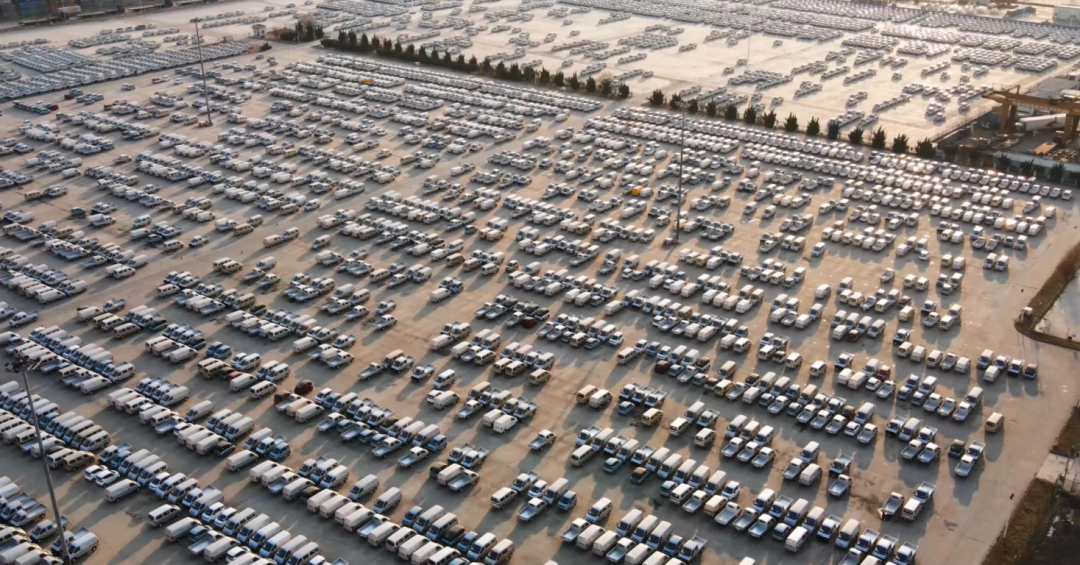
The consumption logic in the lower-tier market differs significantly from that of first- and second-tier cities. Data from the China Association of Automobile Manufacturers shows that county users' car purchase budgets are concentrated in the 100,000-200,000 yuan range, accounting for over 60%, and they have higher requirements for range, space, and durability. Automakers meet these diversified needs through "dual strategies for gasoline and electric vehicles": Previously, BYD launched a limited-time "one-price" promotion covering 22 models from the Dynasty and Ocean networks, with a maximum subsidy of 53,000 yuan, directly stimulating sales growth. Zero Run Auto has captured the 150,000-yuan market segment with its C-series models, doubling its sales to 300,000 units year-on-year in 2024 and planning to launch three new B-platform models to enhance its competitiveness.
In terms of technological paths, plug-in hybrids and extended-range vehicles have become the mainstay models in response to the shortage of charging facilities in rural areas. Data from China EV100 shows that the proportion of plug-in hybrid models in the lower-tier market reaches 46%, higher than the 40% in first-tier cities. Automakers such as BYD, Geely, Changan, and SAIC have targeted increased launches of such models. In terms of functional design, more emphasis is placed on scenario adaptation: Wuling Hongguang MINI has consistently ranked first in county sales due to its flexibility and low usage cost; BYD plans to develop high-chassis models to cope with muddy roads and enhance the load-bearing capacity of microvans and light trucks to meet the combined needs of "commuting + production."
In the industry's view, the regional market battle is a continuation of the intense competition in the new energy vehicle market. Third- and fourth-tier cities have a broader customer base than first- and second-tier cities and are important incremental markets for China's new energy vehicles going forward.
▍Infrastructure and Consumer Awareness: The Contradictory Breakthrough in the Lower-Tier Market
Despite policy efforts to extend the charging network to counties, real contradictions remain prominent. As of April 2025, the charging pile coverage rate in rural areas was less than 5%, and user satisfaction with energy replenishment in cities below the third tier was 10% lower than that in first- and second-tier cities. Li Bin, Chairman of NIO, admitted that building an energy replenishment system in the lower-tier market is a "huge challenge" that requires balancing grid capacity and user demand. Additionally, maintenance outlets in counties are scarce, with a service radius generally exceeding 50 kilometers, and a lack of professional technicians, leading to extended fault response times.
At the same time, users in the lower-tier market exhibit a "pragmatic" characteristic in their brand perception. The report by China EV100 mentions that 70% of county consumers list "cost-effectiveness" as the primary factor when purchasing a car, with upgrades and replacements being their main form of car purchases, especially with a greater demand for replacements. Users in the lower-tier market are more affected by automotive policies than those in first- and second-tier cities, especially first-time car buyers who are most stimulated by policy incentives, and their acceptance of "brand premium" is lower than that of urban users. However, this "preference for low prices" is undergoing subtle changes: As the policy of new energy vehicles going to the countryside continues to penetrate, the attention of lower-tier users to intelligent driving and Internet of Vehicles functions is increasing.
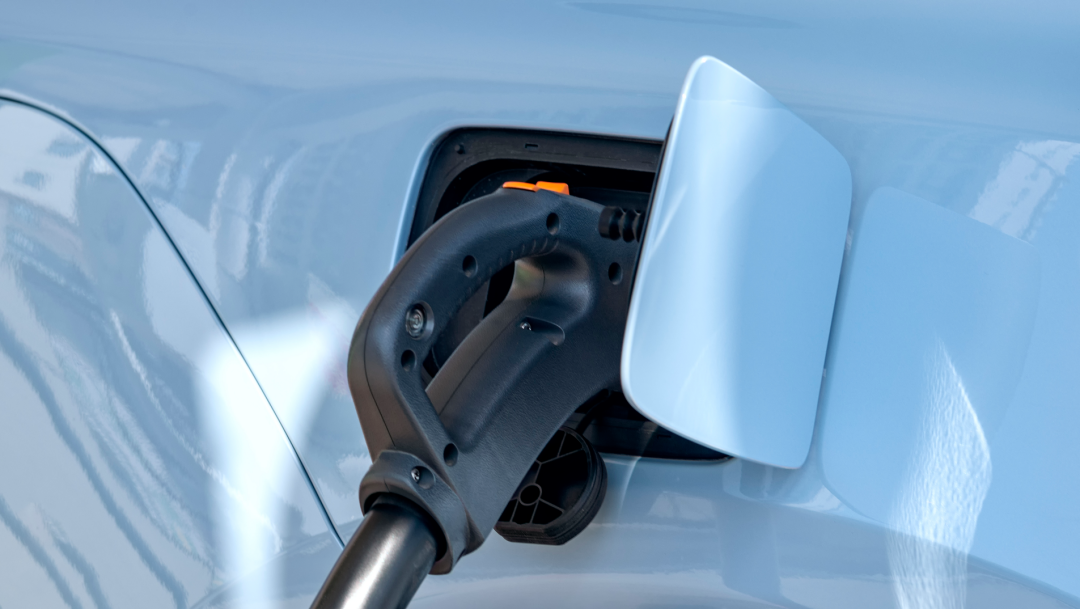
Meanwhile, the financial penetration rate in the county market is much lower than that in first- and second-tier cities. Automakers need to develop financial products that are compatible with farmers' income cycles, such as "vehicle-battery separation" leasing and agricultural discounted loans. Zeekr and Xiaomi have launched "zero down payment + low-interest installment" plans in collaboration with local banks through the "Business Partner Program," lowering the threshold for car purchases to groups with a monthly income of 3,000 yuan. At the same time, building a closed-loop ecosystem of "sales-service-recycling" has become crucial.
NIO is advancing the "county-to-county battery swap" initiative, planning to cover 90% of counties within three years. Li Auto mandates a power capacity of ≥500 kW for supercharging stations in its cooperation terms, promoting the advancement of infrastructure. Tmall and JD.com provide online car selection and offline pickup through county service stations. Tuhu Auto Home leverages its 1,600 county stores to solve maintenance and repair challenges. At the talent level, vocational colleges have established targeted classes for new energy maintenance and repair to cultivate local technical forces and address the pain points of "three-electric" (battery, motor, and electronic control) maintenance.
The battle for the lower-tier market is essentially a validation of the future growth logic of China's automotive industry. At the policy level, the "Notice on Conducting the 2025 New Energy Vehicle Going to the Countryside Activity" expanded the model catalog to 124 models and included international brands such as Tesla for the first time, marking a shift in policy focus from "subsidy incentives" to "ecosystem construction." On August 13, the Ministry of Finance, the People's Bank of China, and the State Administration of Foreign Exchange jointly issued the "Implementation Plan for Fiscal Interest Subsidies for Personal Consumption Loans," using fiscal funds to directly subsidize part of the interest for eligible personal consumption loans. Moreover, the policy is clearly designed, emphasizing that loans need to be "actually used for consumption," and that handling institutions must be able to identify consumer transaction information (car loans are directly paid to dealer accounts) to ensure that funds flow precisely to the real economy. It also specifically mentions providing preferential support for key areas of consumption such as household cars with a single transaction of 50,000 yuan or more. Additionally, setting an annual cumulative interest subsidy cap for individuals also prevents arbitrage to a certain extent.
At the market level, automakers need to abandon the "one-time deal" mindset and achieve multi-party win-win outcomes through "joint infrastructure construction, shared service networks, and data value mining." It is foreseeable that in the new blue ocean of the lower-tier market, the deciding factor will be who can build localized service capabilities at a lower cost and who can transform the county market from a "sales increment" into a "brand loyalty incubator."
Typesetting by Yang Shuo
Image source: CCTV News, Qianku Net

